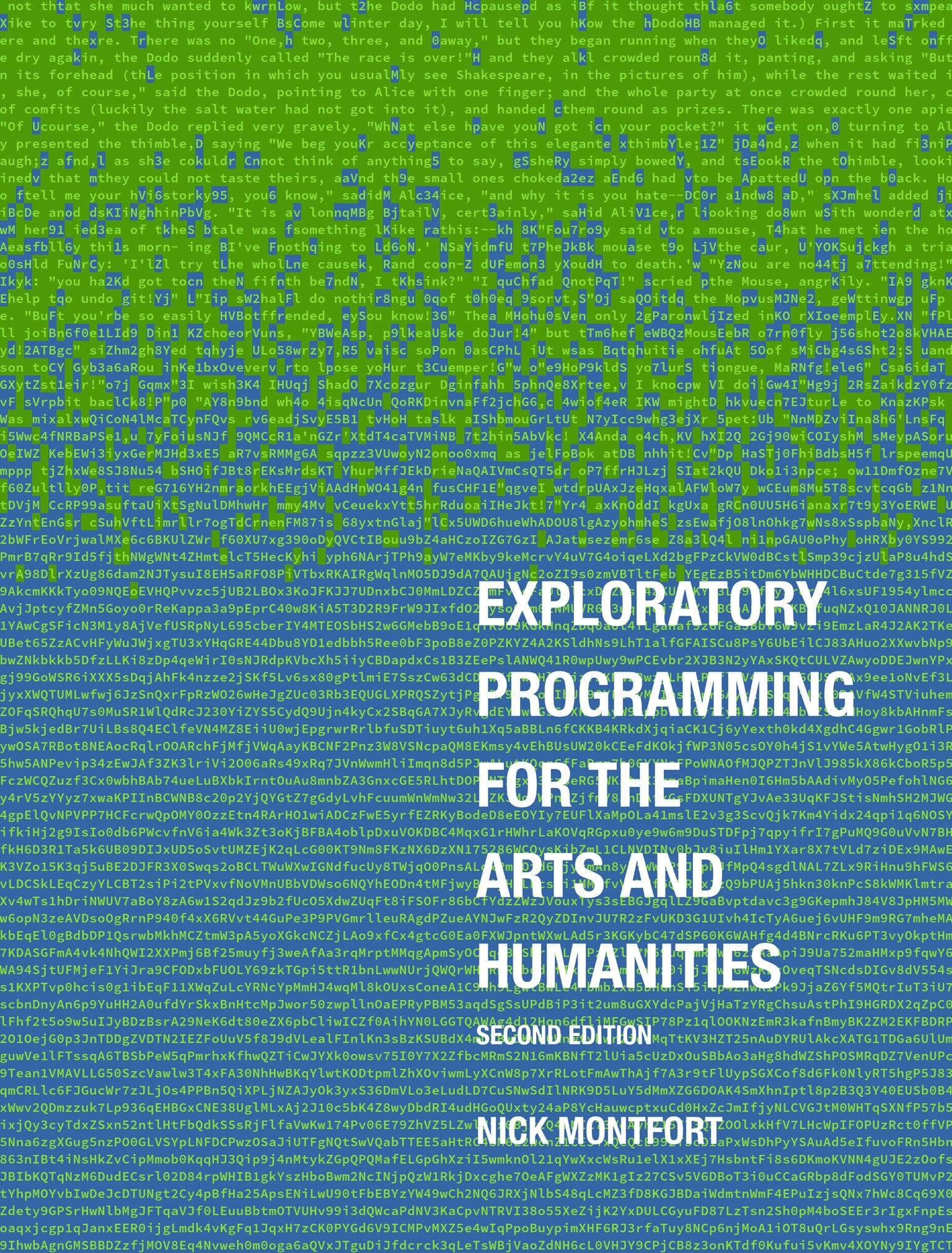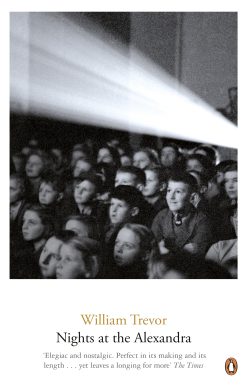Exploratory Programming for the Arts and Humanities, second edition
30.00 JOD
Please allow 2 – 5 weeks for delivery of this item
Description
A new edition of a book for anyone who wants to learn programming to explore and create, with exercises and projects to help readers learn by doing.This book introduces programming to readers involved with the arts and humanities; there are no prerequisites, and no previous knowledge of programming is assumed. Nick Montfort reveals programming to be not merely a technical exercise within given constraints but a tool for sketching, brainstorming, and inquiry. He emphasizes programming’s exploratory potential–its facility to create new kinds of artworks and to probe data for new ideas. The book is designed to be read alongside the computer, allowing readers to program while making their way through the chapters. It offers practical exercises in writing and modifying code and outlines “free projects” that allow learners to pursue their own interests.
Additional information
| Weight | 0.78 kg |
|---|---|
| Dimensions | 2.42 × 18.67 × 23.65 cm |
| PubliCanadation City/Country | USA |
| by | |
| Format | Hardback |
| Language | |
| Pages | 384 |
| Publisher | |
| Year Published | 2021-5-18 |
| Imprint | |
| ISBN 10 | 0262044609 |
| About The Author | Nick Montfort is Professor of Digital Media in Comparative Media Studies/Writing at MIT. |
| Other text | “An optimal place to begin your journey into coding. Clear, concise, and of consequence.”—Wasalu Jaco, pka Lupe Fiasco IT “Montfort has constructed an entirely unique text in the crowded ‘how-to-program’ genre by focusing on programming as a mode of inquiry and on computation as culture.”—Casey Reas, Professor, UCLA Design Media Arts“I turned to Montfort’s first edition of Exploratory Programming for my humanities-based programming classes because it offered the beginning programmer an inviting and creative introduction for learning to code. Students remarked that the book ‘spoke their language’ in its explanations, with its examples, and through its exercises. This second edition builds on that foundation by paying even more attention to the vital role that experimental practice plays in learning programming as a form of inquiry. I'm excited to work with this second edition and am looking forward to what students build with it.”—Casey Boyle, Director, Digital Writing and Research Lab, University of Texas at Austin “The second edition of Exploratory Programing for the Arts and Humanities is an astute, gentle, and reflective guide to coding. Through carefully chosen exercises, Montfort shows artists and humanists how to create and explore text and images, and demystifies how to make a computer do something new.”—Benjamin Schmidt, Director of Digital Humanities, NYU |
| Table Of Content | [1] Introduction [2] Installation and Setup [3] Modifying a Program[4] Calculating and Using Jupyter Notebook[5] Double, Double[6] Programming Fundamentals[7] Standard Starting Points[8] Text I: Strings and Their Slices [9] Text II: Regular Expressions [10] Image I: Pixel by Pixel[11] Image II: Pixels and Neighbors[12] Statistics, Probability, and Visualization[13] Classification [14] Image III: Visual Design and Interactivity[15] Text III: Advanced Text Processing [16] Sound, Bytes, and Bits[17] Onward[Appendix A] Why Program?[Appendix B] Contexts for Learning |
Only logged in customers who have purchased this product may leave a review.






Reviews
There are no reviews yet.